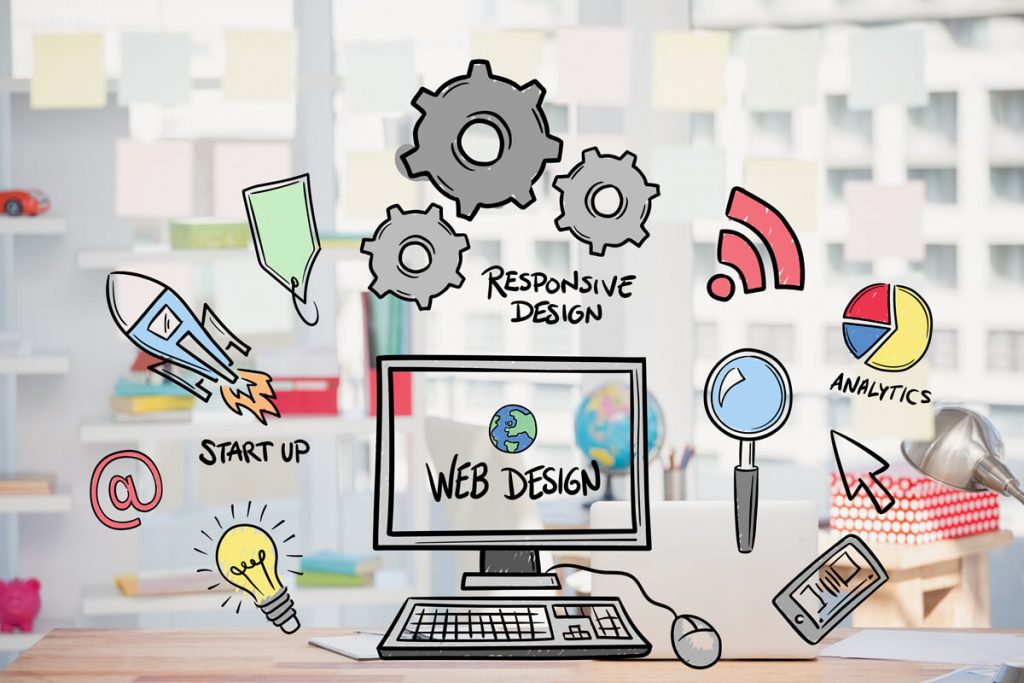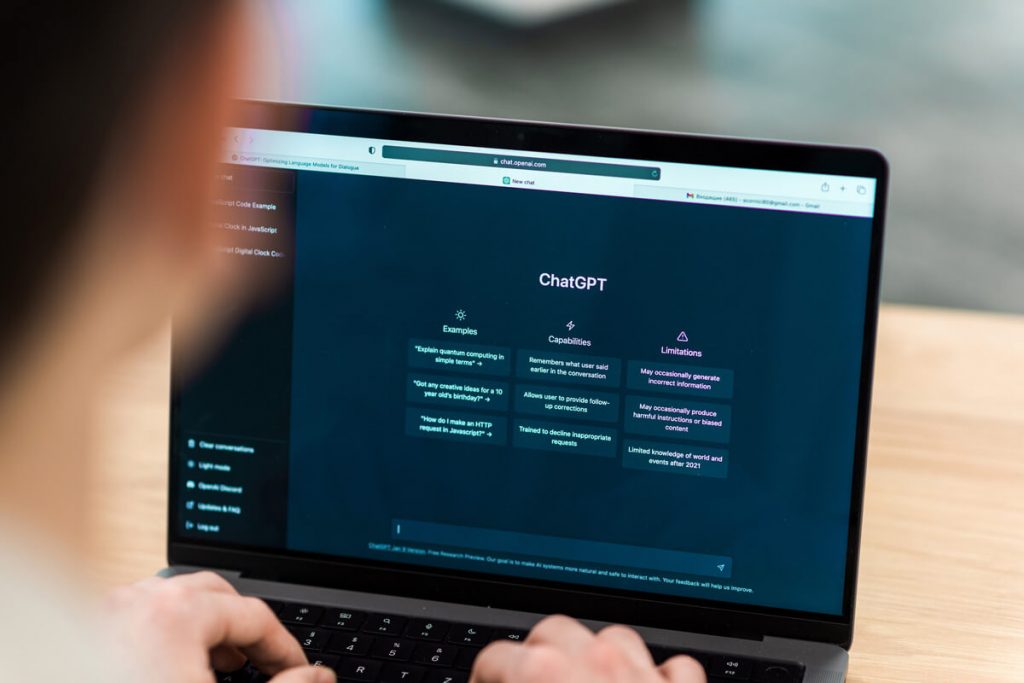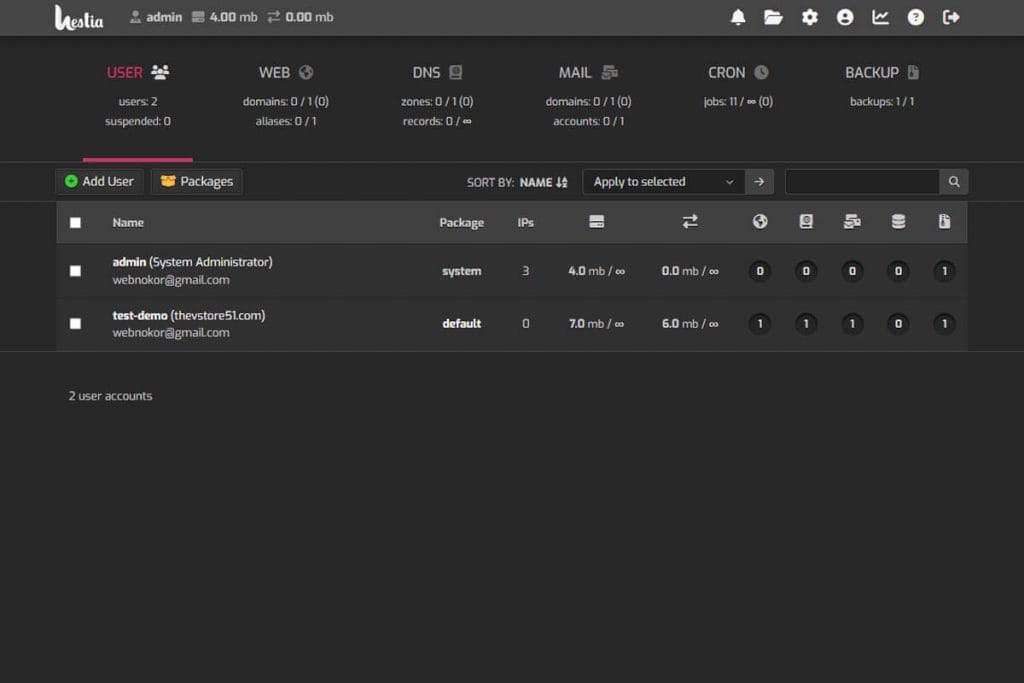How to Learn Web Design: What Are The Tech Skills You Need to Know to Become a Web Designer?

1. Visual Design
It might seem obvious that you need design knowledge to be a web designer, but what exactly does that mean? Well, web design is actually a subset of the larger field of visual design, so it makes sense to start there.
At Skillcrush, we teach visual design because it focuses on digital products and sets you up to succeed across design careers, including web design. When you learn visual design, you learn the fundamental design principles you need to be a web designer.
Design principles are what determine the look and feel of a site, and are one of the most important concepts for web designers to know. They can range from proportions, to typography, to grid systems, to color theory. Learning visual design means creating mood boards and type hierarchy and experimenting with web fonts and color palettes.
2. UX
UX stands for user experience, or how people feel (calm, frustrated, etc.) when they use a website. Above all else, UX design is about approaching your designs from a user-friendly and user-first perspective — how can you produce a website design that helps them get exactly what they need?
To do that, you’ll research your users and create “personas” (profiles of imaginary ideal users). You’ll lay out the pages and content with a site map. You’ll figure out the path users take on your site in user flows. For example, do they always click straight through to social media? Or are they just looking for contact information? You’ll use responsive design to account for different screen sizes and improve functionality for all users, regardless of device.
As a UX designer, you’ll build wireframes and use prototyping and templates to sketch out the key parts of each webpage, including the user interface. All of these components are essential to practicing user experience design.
3. Graphic Design and Web Design Software
Like any craftsperson, as a web designer, to do your work, you need the right tools. Knowing your way around web design and graphic design industry standards will be helpful in every case and critical in many. While designing a website can be done right in a web browser, tools like Adobe Photoshop, Adobe Illustrator, and Sketch are used in graphic design and web design for important job functions: creating mockups, designing assets (think logos and images), and of course, modifying and enhancing photos.
You should learn how to use them (although, if you’re just getting started, consider trying out a few free Adobe Photoshop alternatives instead).
4. Time Management
Whether you’re interested in learning web design to go freelance or to work for a company, you’ll need to stay on top of your schedule and your projects to be a successful web designer. This can mean getting to know productivity apps like task lists or calendars or, especially if you’re in a large organization, learning project tracking tools like Trello or JIRA. Whatever the tools, mastering the art of prioritizing and tracking your work will be essential for your success (and sanity!) in the busy world of web design.
5. SEO / Digital Marketing / Social Media
The skillset of SEO (search engine optimization), digital marketing, and social media might seem like it’s meant more for a marketer or salesperson than web designers. But, since the Internet is the way so many companies sell today, you should wrap your head around them too. Even knowing the basics of each and keeping them in mind for both clients and your own sites will get you a long way in your web designer journey.
6. Business / Client Management
And, as an employee or as a freelancer, understanding the bottom line will help you make sure you or your company is profitable and sustainable. You don’t have to go back for your MBA, but you should have an idea about the goals and finances of your employer or your own business so you can use them to guide your work. And, if you’re designing directly for clients, you should have a plan for making sure that your cash flow and project backlog are both healthy and doable in the short and long term.






